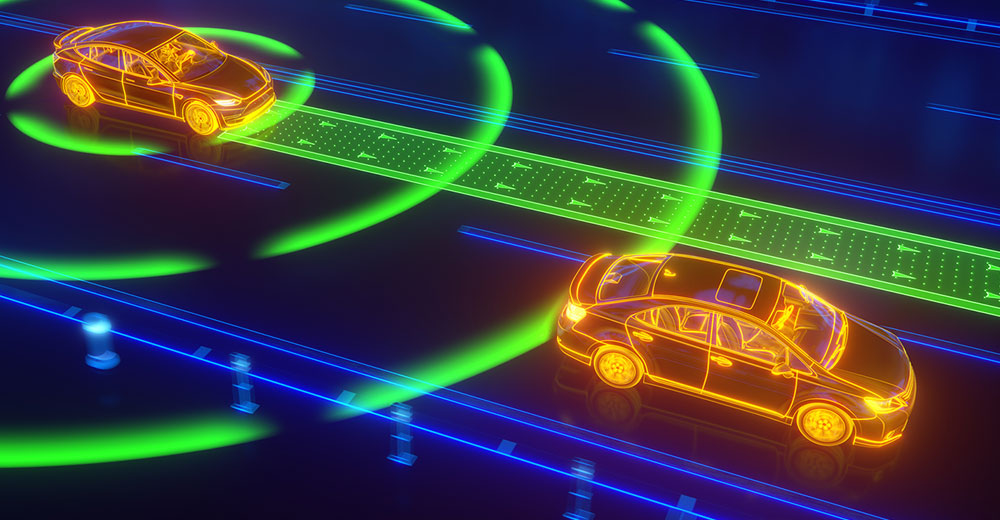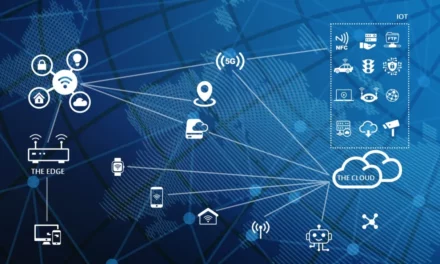In the unfolding narrative of technological progress, the concept of autonomy has taken center stage, promising a revolution that extends far beyond our imaginations. The advent of self-driving cars and drones marks a significant leap into the era of “Autonomous Everything,” where machines are equipped with the intelligence to operate independently, making decisions and navigating the world with minimal human intervention. Let’s explore the landscape of this transformative era, delving into the advancements, challenges, and the profound impact of autonomous vehicles and drones on our daily lives.
1. Self-Driving Cars: The Road to Autonomy: The vision of autonomous vehicles, once relegated to the realms of science fiction, is now a tangible reality. Self-driving cars leverage a combination of sensors, cameras, radar, and advanced artificial intelligence (AI) algorithms to perceive their environment and make real-time decisions. Companies at the forefront of this technological frontier include Tesla, Waymo, and traditional automakers integrating autonomy into their fleets.
2. Safety and Efficiency: One of the primary promises of self-driving cars is enhanced safety. Autonomous vehicles are designed to follow traffic rules rigorously, avoid collisions, and react to unforeseen circumstances faster than human drivers. The potential reduction in traffic accidents, injuries, and fatalities presents a compelling case for the widespread adoption of autonomous driving technology.
3. Urban Mobility and Transportation Transformation: The era of Autonomous Everything heralds a transformative shift in urban mobility. Ride-sharing services, public transportation, and last-mile delivery are set to be revolutionized by self-driving vehicles. Autonomous shuttles, taxis, and delivery vans have the potential to optimize routes, reduce congestion, and redefine the way people and goods move within cities.
4. Regulatory Challenges and Ethical Considerations: The deployment of self-driving cars is accompanied by regulatory challenges and ethical considerations. Governments and regulatory bodies grapple with defining standards, ensuring safety, and addressing liability issues in the event of accidents. Ethical considerations involve programming decisions about how autonomous vehicles prioritize safety and make choices in complex and morally ambiguous situations.
5. Drones: From Aerial Photography to Autonomous Flight: Drones, initially associated with aerial photography and recreational use, are evolving into autonomous flying machines with diverse applications. From package delivery and surveillance to agriculture and search-and-rescue missions, drones equipped with AI and advanced sensors are navigating the skies autonomously, transforming industries and services.
6. Precision Agriculture and Environmental Monitoring: In agriculture, autonomous drones equipped with sensors and imaging technologies provide farmers with valuable data for precision agriculture. These drones can assess crop health, monitor soil conditions, and optimize irrigation, leading to more efficient and sustainable farming practices. Similarly, drones contribute to environmental monitoring by surveying wildlife, tracking deforestation, and assessing the impact of climate change.
7. Autonomous Drones in Logistics and Delivery: Logistics and e-commerce companies are exploring the use of autonomous drones for efficient and rapid delivery. From delivering packages to remote locations to facilitating emergency medical supply transport, autonomous drones promise to revolutionize the logistics industry by providing faster and more flexible delivery options.
8. Challenges of Airspace Integration and Regulation: The integration of autonomous drones into airspace presents challenges related to safety, security, and regulation. Ensuring that drones operate safely alongside traditional aircraft and addressing concerns related to privacy and potential misuse are critical considerations. Regulatory frameworks are evolving to accommodate the increasing prevalence of autonomous drone technology.
9. Connectivity and 5G Impact: The realization of Autonomous Everything is closely tied to advancements in connectivity, particularly the rollout of 5G networks. The low latency and high data transfer speeds of 5G are instrumental in enabling real-time communication between autonomous vehicles and drones and their respective control systems. This connectivity is essential for ensuring the reliability and responsiveness of autonomous systems.
Conclusion: Navigating the Autonomous Future: The era of Autonomous Everything propels us into a future where machines operate independently, reshaping the way we move, work, and interact with the world. While the promise of enhanced safety, efficiency, and convenience is compelling, the journey towards full autonomy requires careful navigation through technological, regulatory, and ethical challenges. As self-driving cars and drones become increasingly integrated into our daily lives, the synergy of human intelligence and autonomous technology will define the path forward, shaping a future where the once-fantastical notion of Autonomous Everything becomes an integral part of our reality.





